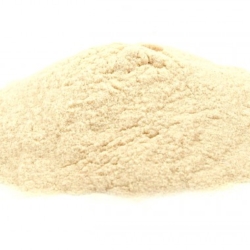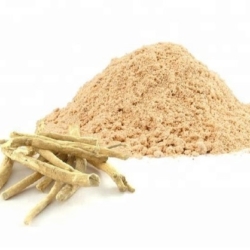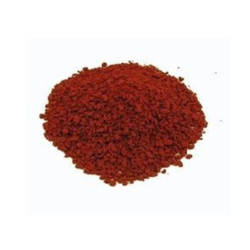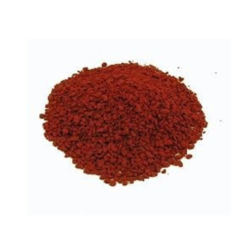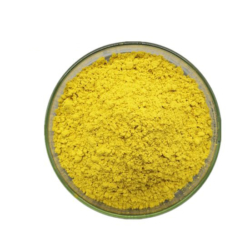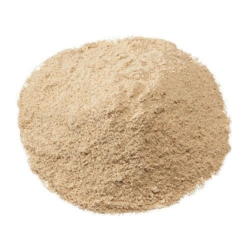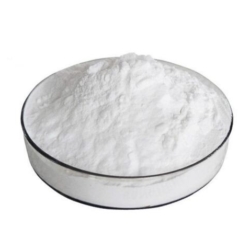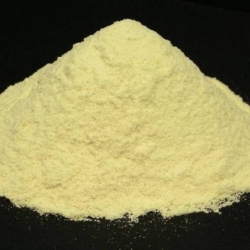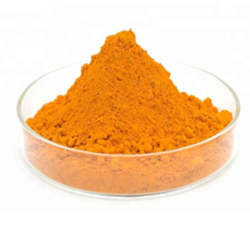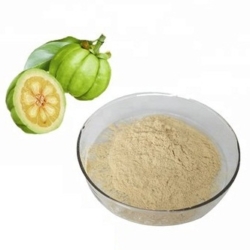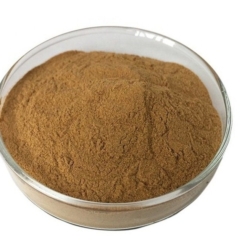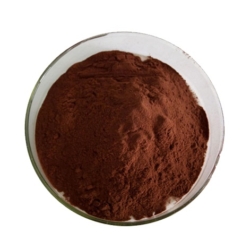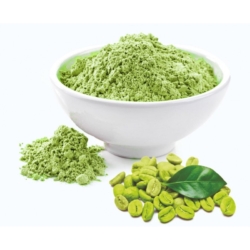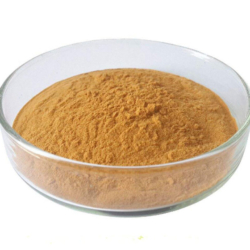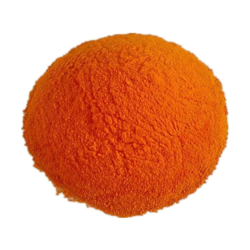Archives
Categories
- No categories
Sort By
Price
Tags
-
View More
Aloe Vera
Aloe vera is a succulent plant species of the genus aloe. Having some 500 species, aloe is widely distributed, and is considered an invasive species in many world regions. An evergreen perennial, it originates from the arabian peninsula, but grows wild in tropical, semi-tropical, and arid climates around the world. It is cultivated for commercial products, mainly as a topical treatment used over centuries. The species is attractive for decorative purposes, and succeeds indoors as a potted plant.
It is used in many consumer products, including beverages, skin lotion, cosmetics, ointments or in the form of gel for minor burns and sunburns. There is little clinical evidence for the effectiveness or safety of aloe vera extract as a cosmetic or topical drug. The name derives from latin as aloe and vera (“True”). -
View More
Ashwagandha
Withania somniferous, known commonly as ashwagandha, indian ginseng, poison gooseberry, or winter cherry, is an annual evergreen shrub in the solanaceae or nightshade family that grows in india, although thought to be useful as a medicinal herb in ayurveda and sold in many countries as a dietary supplement
-
View More
Astaxanthin
Astaxanthin is a keto-carotenoid. It belongs to a larger class of chemical compounds known as terpenes (as a tetraterpenoid) built from five carbon precursors, isopentenyl diphosphate, and dimethylallyl diphosphate. Astaxanthin is classified as a xanthophyll (originally derived from a word meaning “Yellow leaves
-
View More
Astaxanthin
Is a keto-carotenoid. It belongs to a larger class of chemical compounds known as terpenes (as a tetraterpenoid) built from five carbon precursors, isopentenyl diphosphate, and dimethylallyl diphosphate. Astaxanthin is classified as a xanthophyll (originally derived from a word meaning “Yellow leaves
-
View More
Berberine Hcl
Berberine is a quaternary ammonium salt from the protoberberine group of benzylisoquinoline alkaloids found in such plants as berberis, such as berberis vulgaris (barberry), berberis aristata (tree turmeric), mahonia aquifolium (oregon grape), hydrastis canadensis (goldenseal), xanthorhiza simplicissima (yellowroot), phellodendron amurense (amur cork tree), coptis chinensis (chinese goldthread), tinospora cordifolia, argemone mexicana (prickly poppy), and eschscholzia californica (californian poppy). Berberine is usually found in the roots, rhizomes, stems, and bark.
-
View More
Boswellia Serrata
Boswellia serrata is a plant that produces indian frankincense. It is also known as indian oli-banum, salai guggul, and sallaki in sanskrit.
-
View More
Chondroitin Sulfate
Chondroitin sulfate is a sulfated glycosaminoglycan (gag) composed of a chain of alternating sugars (n-acetylgalactosamine and glucuronic acid). It is usually found attached to proteins as part of a proteoglycan. A chondroitin chain can have over 100 individual sugars, each of which can be sulfated in variable positions and quantities. Chondroitin sulfate is an important structural component of cartilage, and provides much of its resistance to compression. Along with glucosamine, chondroitin sulfate has become a widely used dietary supplement for treatment of osteoarthritis
-
View More
Colostrum Bovine
Colostrum (known colloquially as beestings, bisnings or first milk) is the first form of milk produced by the mammary glands of mammals (including humans) immediately following delivery of the newborn.[3] most species will begin to generate colostrum just prior to giving birth. Colostrum has an especially high amount of bioactive compounds compared to mature milk to give the newborn the best possible start to life. Specifically, colostrum contains antibodies to protect the newborn against disease and infection, and immune and growth factors and other bioactives that help to activate a newborn’s immune system, jumpstart gut function, and seed a healthy gut microbiome in the first few days of life. The bioactives found in colostrum are essential for a newborn’s health, growth and vitality.
-
View More
Curcumin
Curcumin is a bright yellow chemical produced by plants of the curcuma longa species. It is the principal curcuminoid of turmeric (curcuma longa), a member of the ginger family, zingiberaceae. It is sold as an herbal supplement, cosmetics ingredient, food flavoring, and food coloring.
Chemically, curcumin is a diarylheptanoid, belonging to the group of curcuminoids, which are phenolic pigments responsible for the yellow color of turmeric. -
View More
Garcinia Cambogia
Garcinia combogia is a genus of flowering plants in the number of species is disputed; the kew gardens recognise up to 400. Commonly, the plants in this genus are called saptrees, mangosteens (which may also refer specifically to garcinia mangostana), garcinias, or monkey fruit.
-
View More
Ginkgo Biloba
Ginkgo biloba, ginkgo is a large tree with fan-shaped leaves the leaves are commonly included in supplements and taken by month for memory problems,its seems to improvr blood circulation,and might also actas antioxidant to slow down changes in the brain.
-
View More
Grape Seed Extract
Grape seed extract is an industrial derivative of whole grape seeds. The extract contains proanthocyanidins. Grape seed extract quality is measured by the content of procyanidins which are formed from proanthocyanidins. Generally, grape seed extract quality contains 95% procyanidins
-
View More
Green Coffee Extract
Green coffee extract is an extract of unroasted, green coffee beans. It is used in the swiss water process for decaffeinating coffee. It has also been used as a weight-loss supplement and as an ingredient in other weight-loss products
-
View More
Lutein Marigold Extracts
Lutein marigold extracts is a genus of about 15–20 species of annual and perennial herbaceous plants in the daisy family asteraceae that are often known as marigolds. They are native to southwestern asia, western europe, macaronesia, and the mediterranean. Other plants are also known as marigolds, such as corn marigold, desert marigold, marsh marigold, and plants of the genus tagetes.

